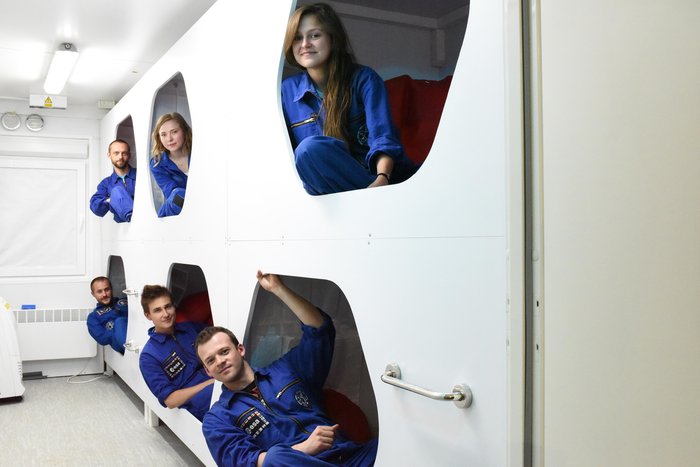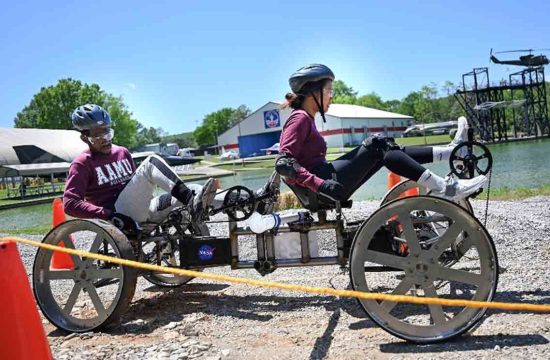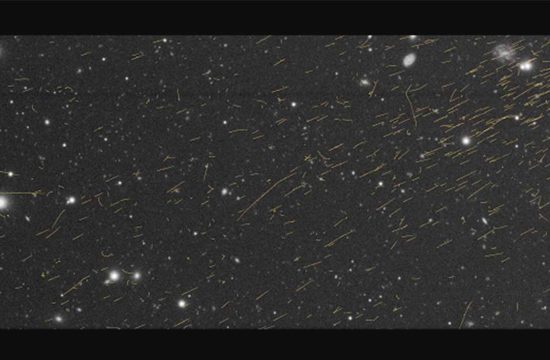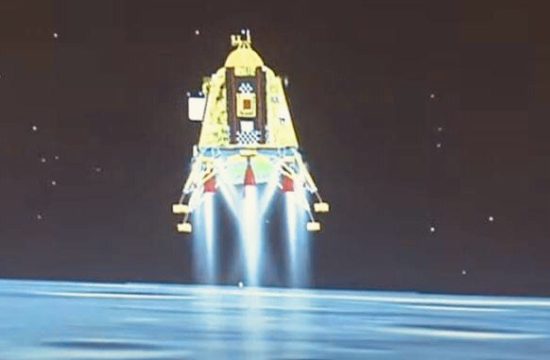
This crew of six is midway through a simulated expedition on the Moon, based at the new Habitat Lunares base in Poland.
The only facility of its kind in Europe, this privately run habitat is a simulated lunar base set up in a former military airport in Pila in northwest Poland.
The crew stays on the base for two weeks at a time, physically cut off from the external world. Lunares has no windows, is run on lunar time and its occupants can leave only by venturing into an adjoining hanger, which is filled with Moon-like basalt rocks for simulated Moonwalks.
This #LunarExpedition1 is the second of four expeditions this year, lasting 15–29 August. The mission is controlled from ESA’s technical centre in Noordwijk, the Netherlands, focusing on exploring changes to the crew’s biological clocks during their stay. It performs scheduling, communicates with the base and oversees lighting inside the habitat.
“The analogue astronauts are completely cut off from external light sources. Instead, we control the base’s automated lighting systems,” explains Agata Kolodziejczyk, research fellow in ESA’s Advanced Concepts Team, who led the establishment of the Lunares Habitat as part of her research into ‘time architecture’ for future off-planet bases.
“I regard Lunares Habitat as an extremely valuable new chronobiological laboratory for Europe, with full bioethical committee agreements in place. We’ll be checking how the participants’ subjective time perception alters with the changes we induce.
“The habitat contains an LED light system providing a shifting combination of colours throughout the day, to mimic changes in sunlight. We’re extending the length of this artificial ‘day’ to put their circadian rhythms out of alignment and induce jet lag.
“But we’re also testing new prototypes of ‘physiological lights’ that emit in the ultraviolet – which penetrates through the retina to the brain’s pineal gland – to see if this is sufficient to reset their body clocks.”
A survey of US Space Shuttle crews found that half depended on medication to go to sleep in orbit, while other space-dwellers have reported disrupted body clocks, a condition that has been linked to various health problems. Redesigned lighting systems that fit better with human physiology should result in happier, healthier astronauts – lighting aboard the International Space Station has recently been updated for this very reason.
In parallel, more than 20 other experiments are also under way. ESA and the International Lunar Exploration Working Group supplied the ExoGeoLab lander plus a telescope for use during simulated Moonwalks.
Polish ESA Young Graduate Trainee Mateusz Kraiński has also built a rover and simulator system in his free time. This Netherlands-based rover is being controlled remotely by the crew from Poland.
Seen top row left to right: commander Piotrek Konorski; communication officer Dorota Budzyń; astrobiologist Joanna Kuźma. Bottom row left to right: medical officer Matt Harasymczuk; biomedical engineer Grzegorz Ambroszkiewicz; vice-commander Mariusz Słonina.







